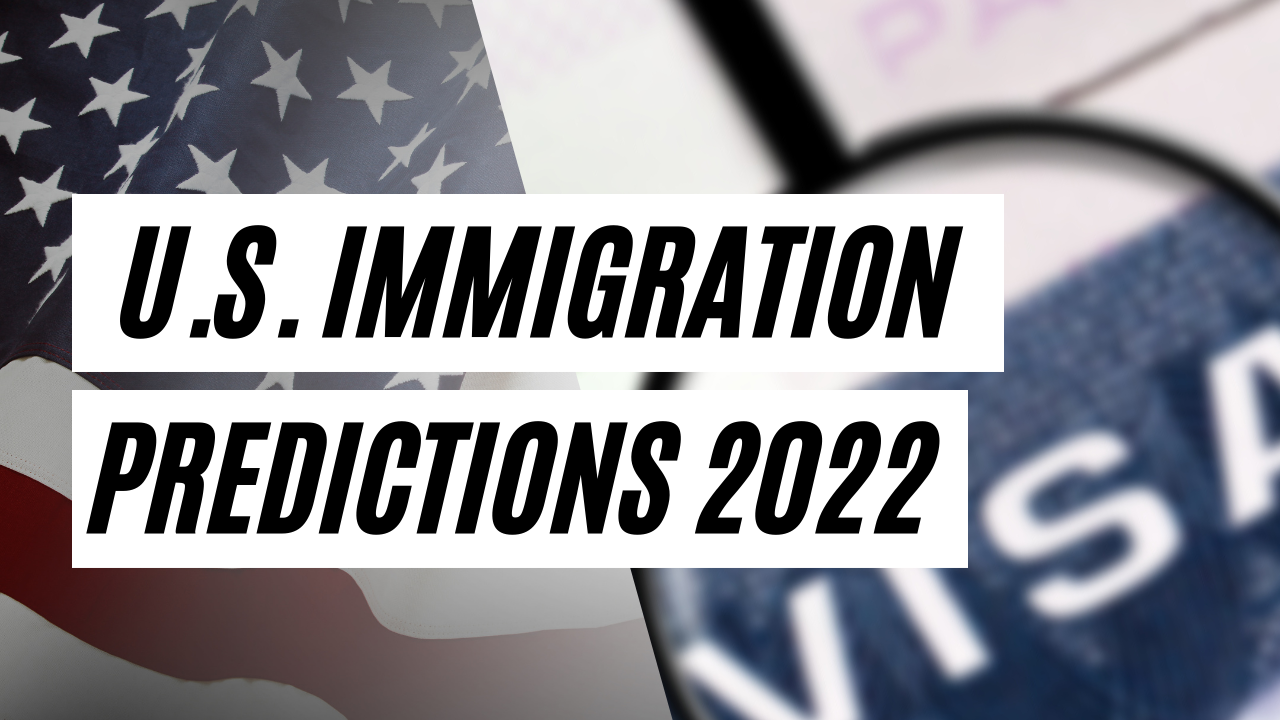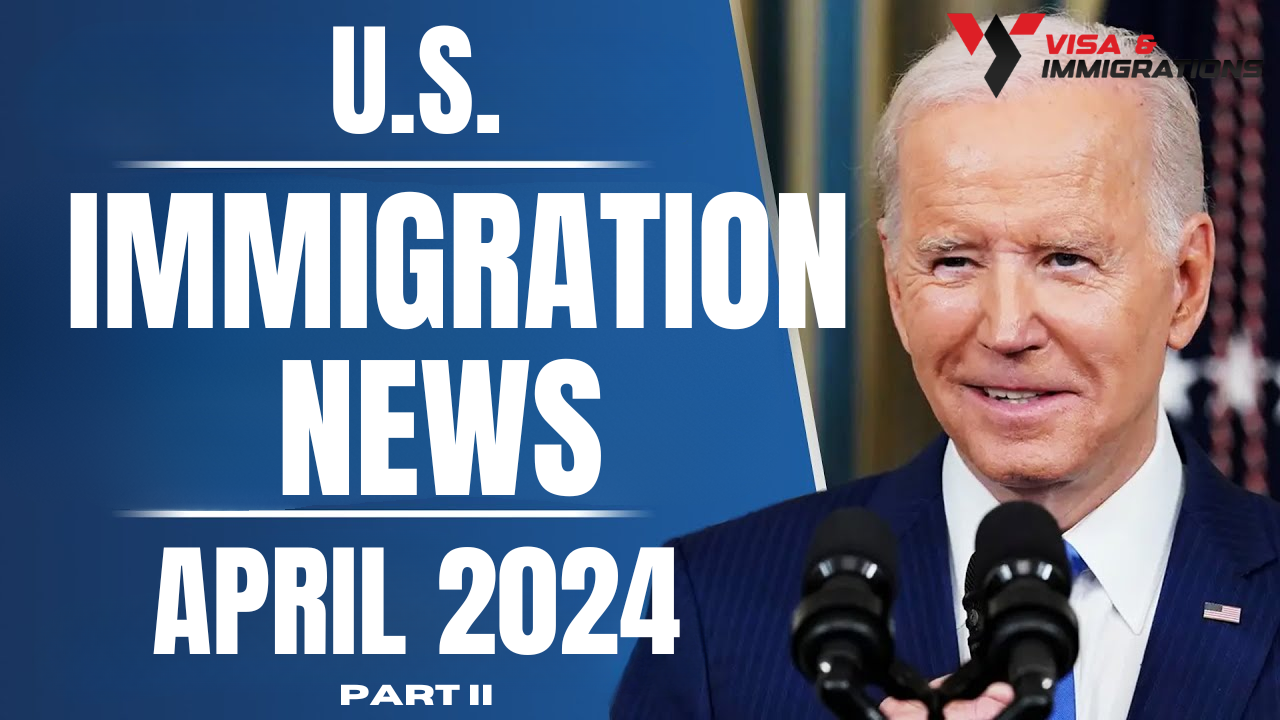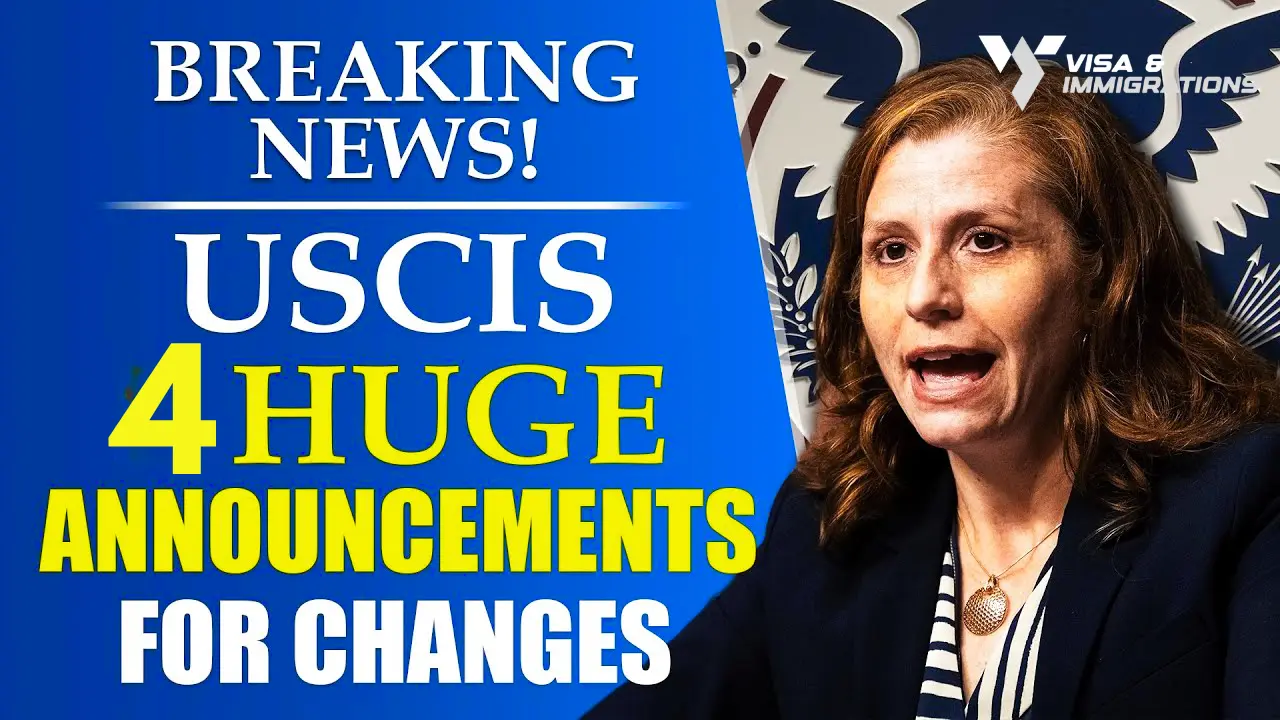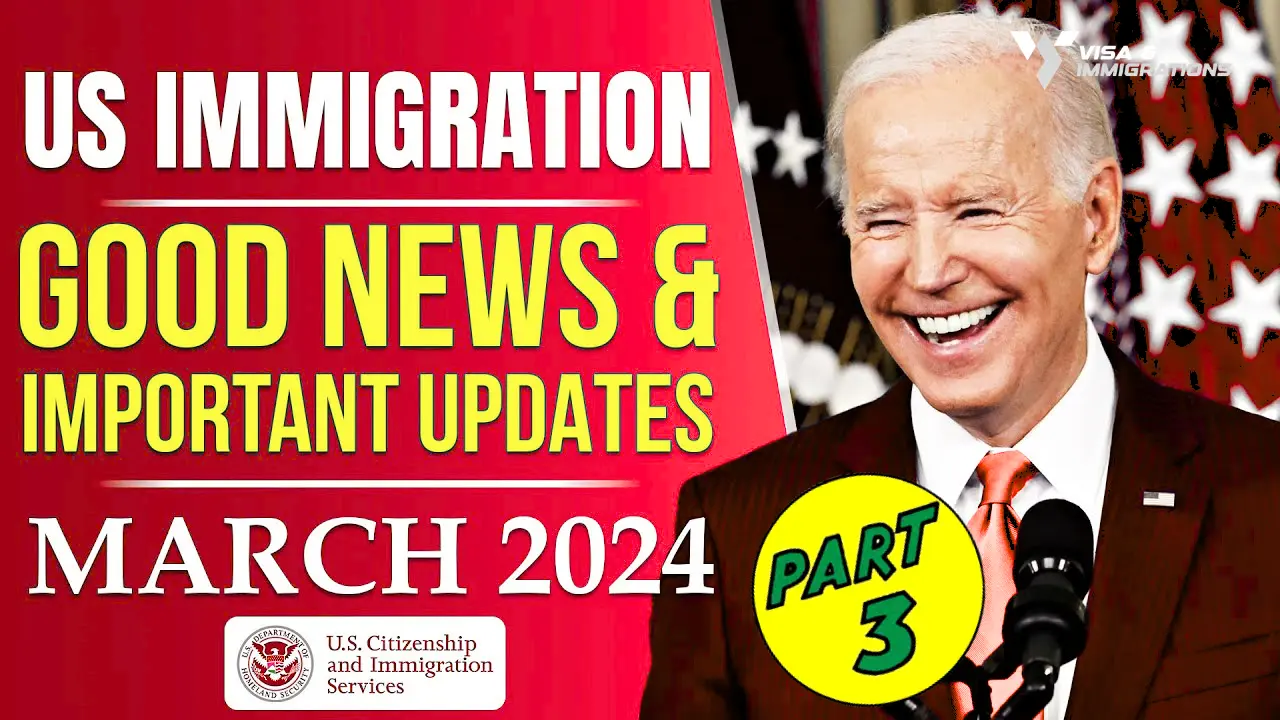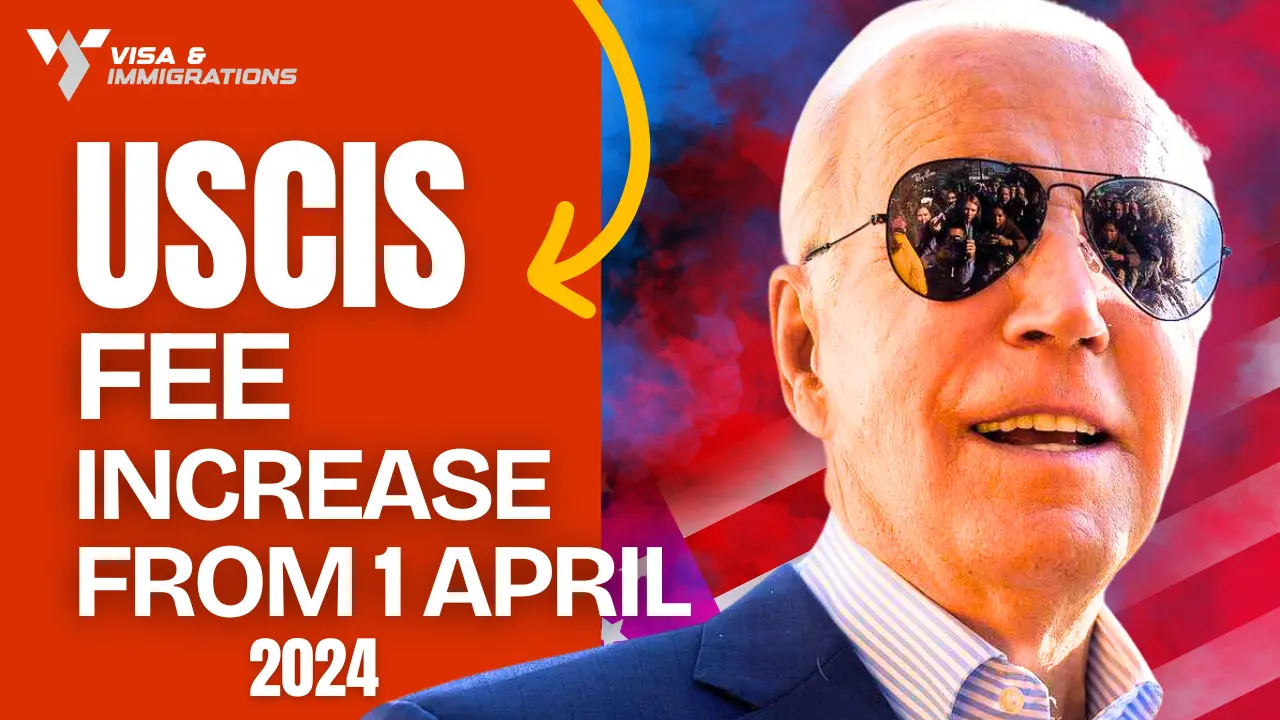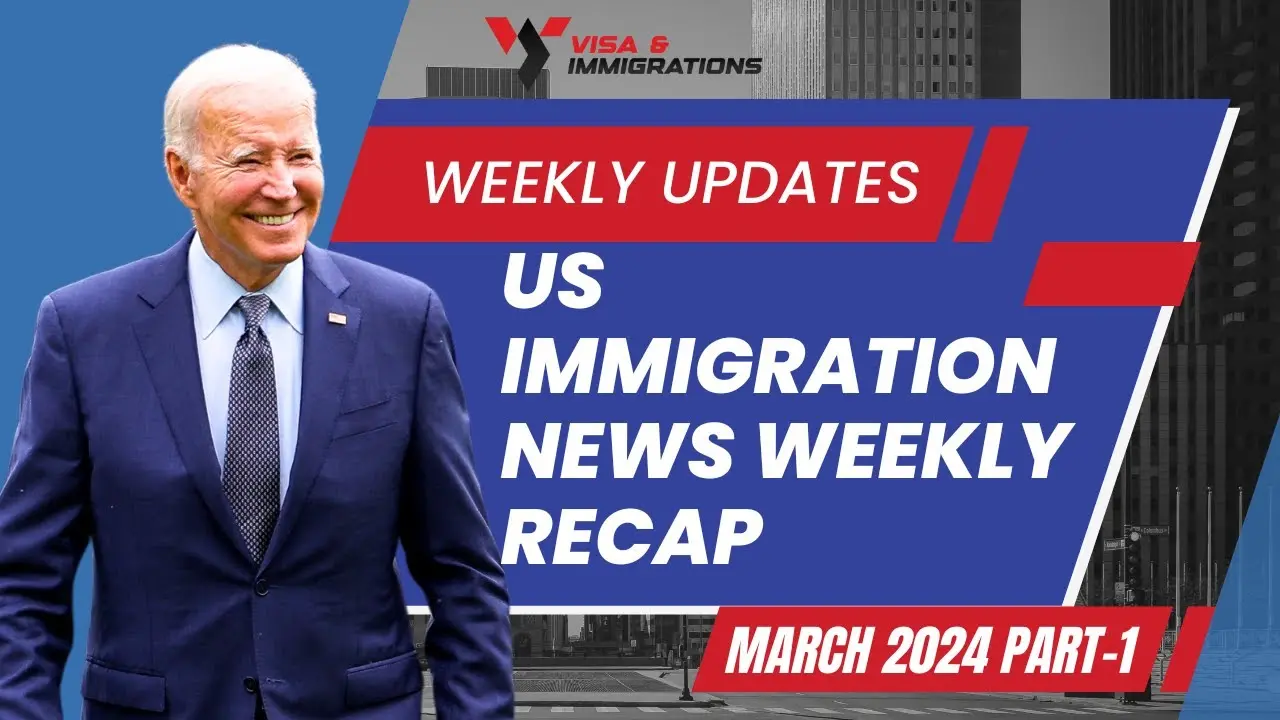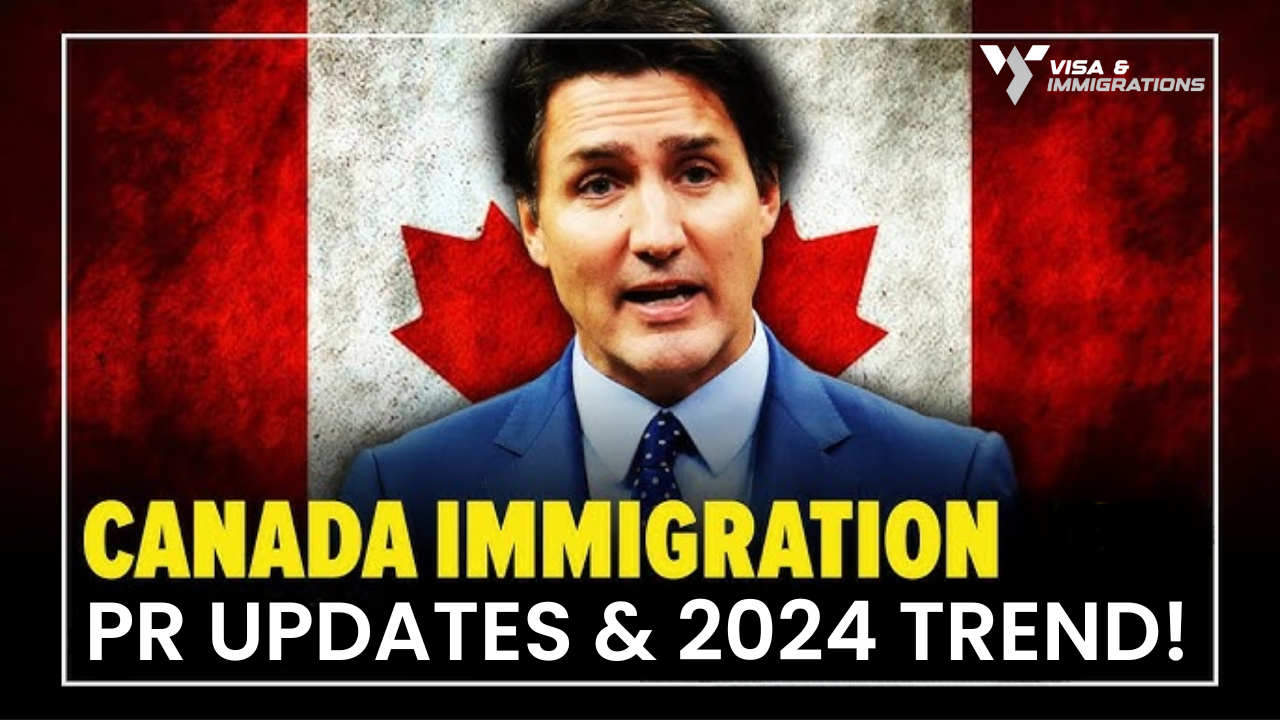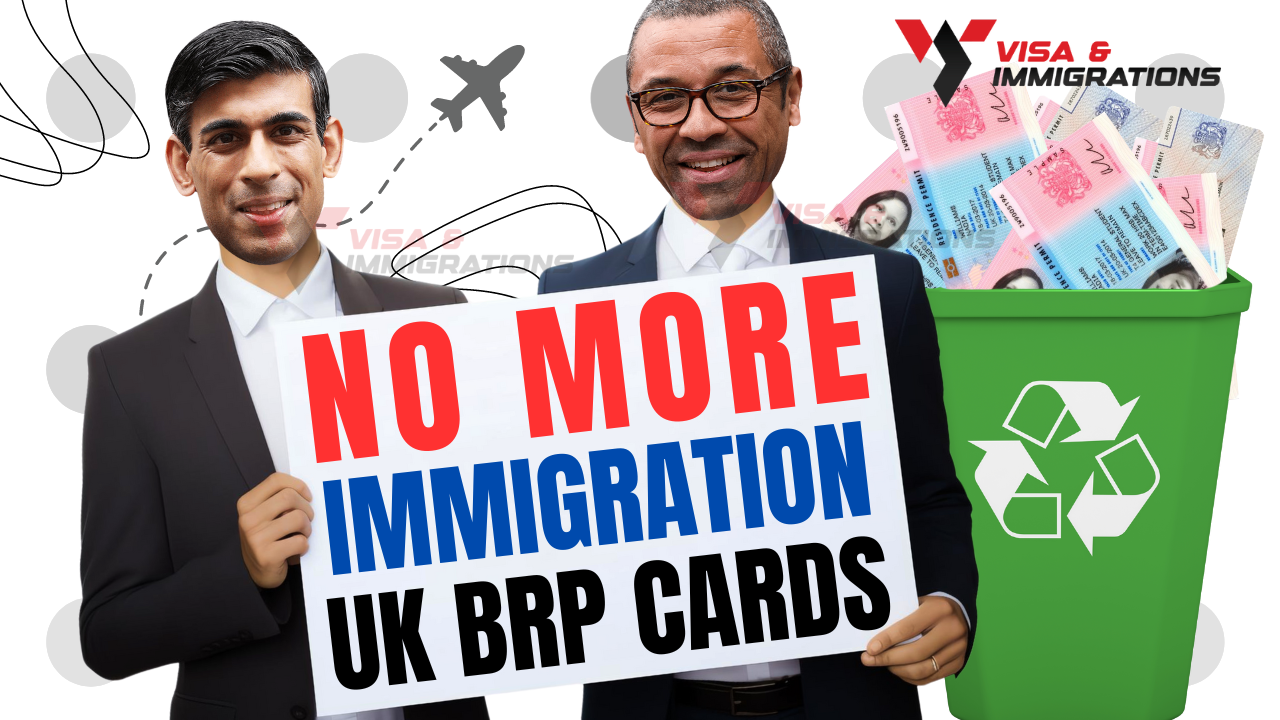Today’s blog will be covering the increments in fees and improved visa backlogs in 2022 U.S. immigration.
U.S. President Joe Biden joined office last year with great expectations and severe problems to confront. The White House and the Department of Homeland Security (DHS) issued a few new policies to relieve hurdles and bottlenecks in the immigration system during 2021 and retracted some of the more appalling and restrictive immigration policies under the previous policies administration. In 2022, people expect to see further improvements but also anticipate there to be some complications.
Backlogs Of Uscis And Dos Should Reduce But Won’t Disappear:
The USCIS backlog flared in the last two years, gaining above 8 million pending cases at the end of the financial year in 2021. The shutdown of U.S. embassies and consulates throughout the world due to the outbreak of the Covid-19 pandemic in March 2020 has also resulted in a staggering green card backlog at the U.S. Department of State. At the end of the 2021 financial year, more than 9 million green card candidates were trapped in the backlog. According to estimates, about 1.6 million are on the employment-based side, and 7.5 million people are waiting in the family-based green card backlog.
Some specialists believe the backlogs, especially at USCIS, to be a resource problem that might need Congress to deliver further financial support because USCIS is funded almost completely by fees it acquires from applicants.
The administration has carried out some measures to lessen the bottlenecks and delays, like reusing biometrics for some candidates starting from March 2020. This step converts a policy terminated by the Trump administration that permits USCIS to postpone earlier decisions on renewal and status extension requests and expand staffing and overtime at its Lockbox facilities. The State Department also established a hiring surge during summer 2021. Additional staffing and training and other improvements should reduce processing times and boost flexibility to continue.
However, 8 million pending cases at USCIS and 9 million at DOS will utilize many resources to clear, even with additional staffing. Also, given the yearly growth in the number of applications accepted by the agencies, it appears plausible to expect this trend to continue in 2022. Therefore, though USCIS and DOS may dent the millions of pending applications, these backlogs will not be put to an end in 2022.
Updates Of The H-1B Visa Program:
The Biden administration has indicated that it plans to further enhance the H-1B visa program, letting U.S. employers hire highly-skilled foreign workers for challenging positions to fill. The program inclines heavily towards STEM occupations, with software developers taking up a broader proportion.
The H-1B program has received criticism from pro and anti-immigration advocates. Some claim that it artificially forces down wages for U.S. workers. In contrast, others claim that dishonest employees can exploit foreign workers. Given the labor shortage, particularly the persistent demand for extra workers in STEM fields, the Biden administration seeks to rebuild the program to handle these various issues.
Some Of The Proposed Changes For This Year Include The Following:
- Supply flexibility for start-up entrepreneurs
- Modifications to the definition of the employer-employee relationship
- Increasing wages for H-1B workers
- Setting rules for employer site visits
This is the end of today’s blog update. We hope you found this blog useful. Please don’t forget to support us by subscribing to our newsletter and sharing this blog with your friends and family on Facebook, Whatsapp, and Twitter.
</div

